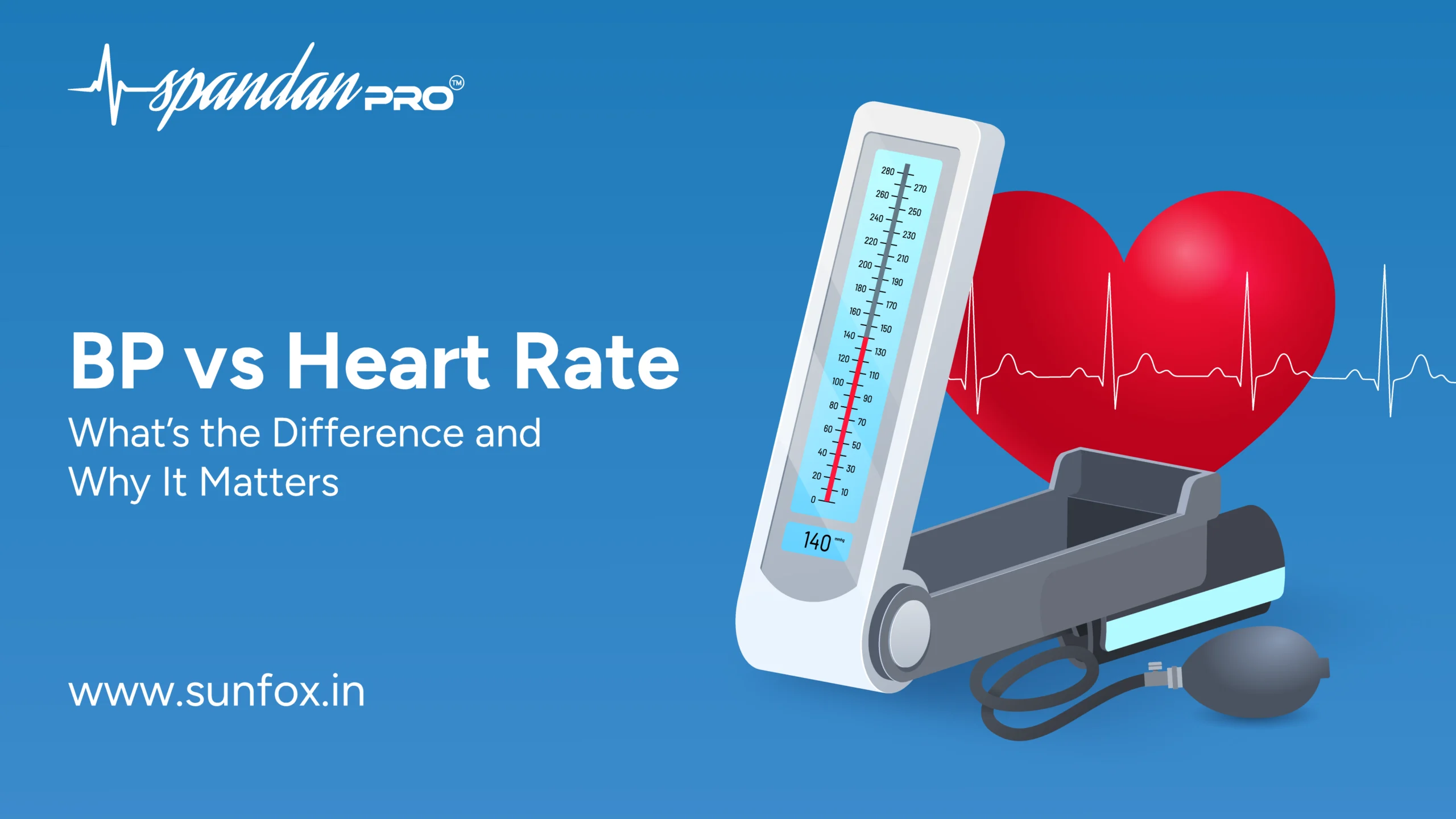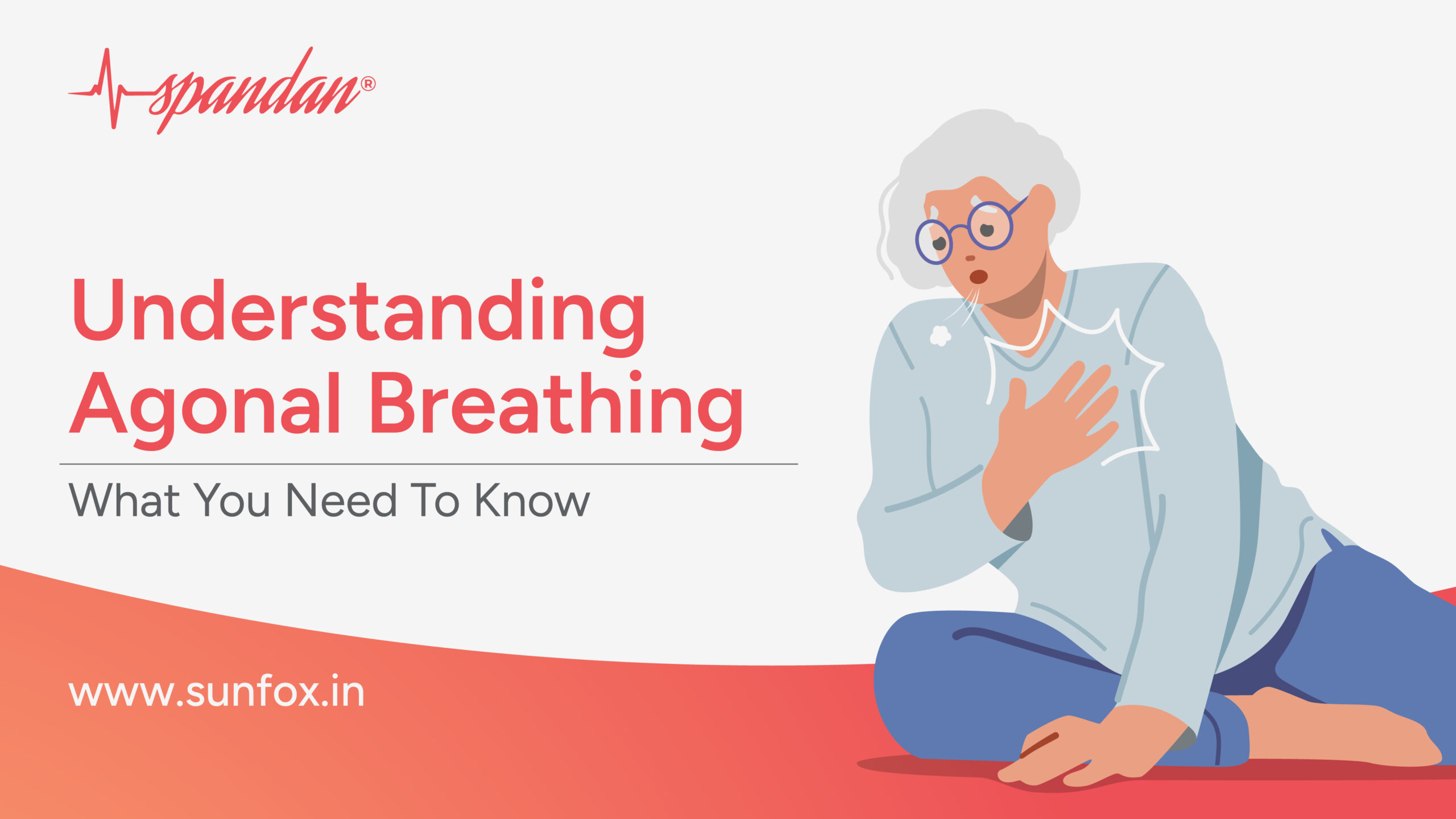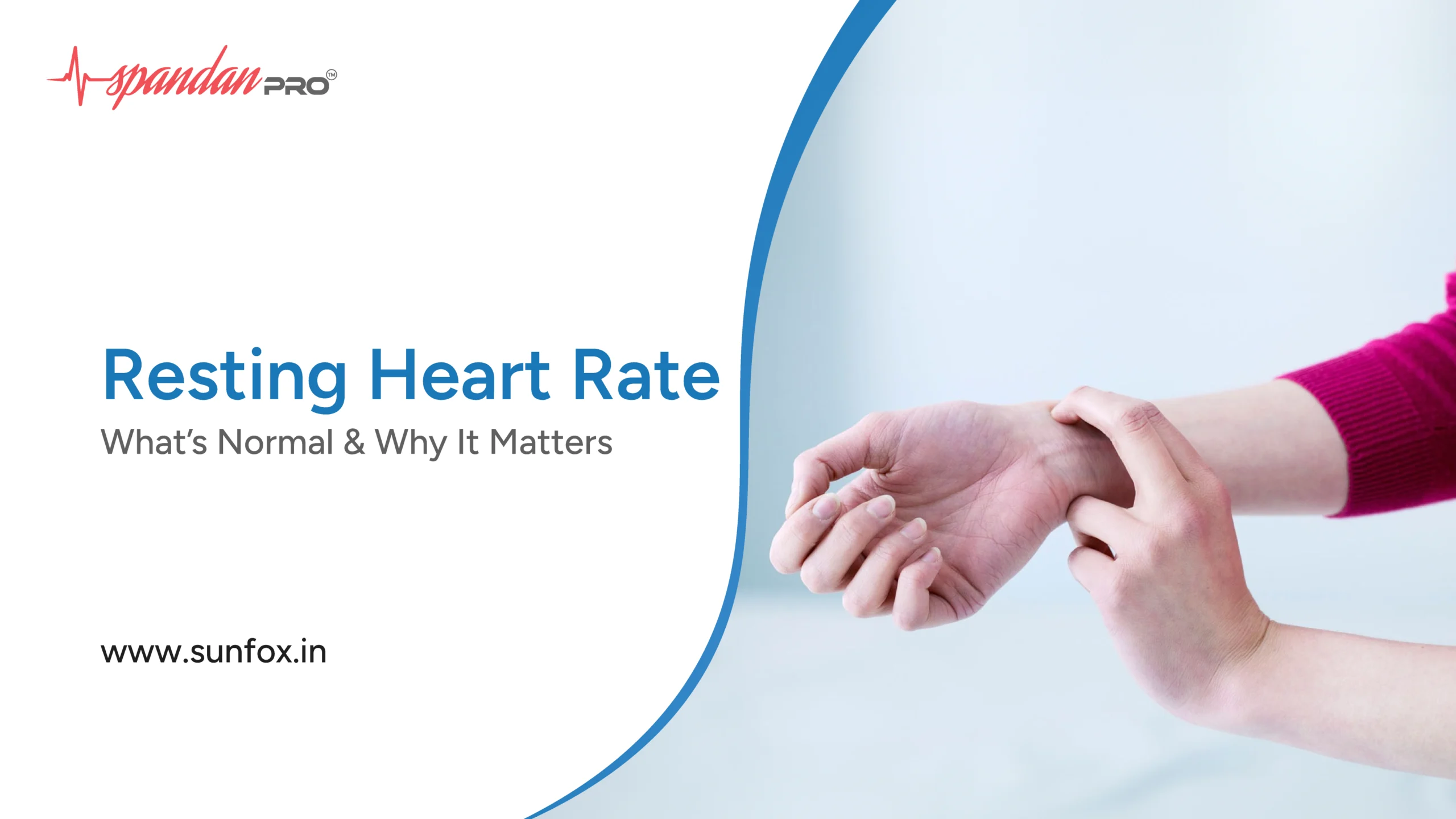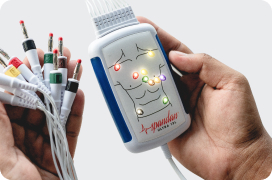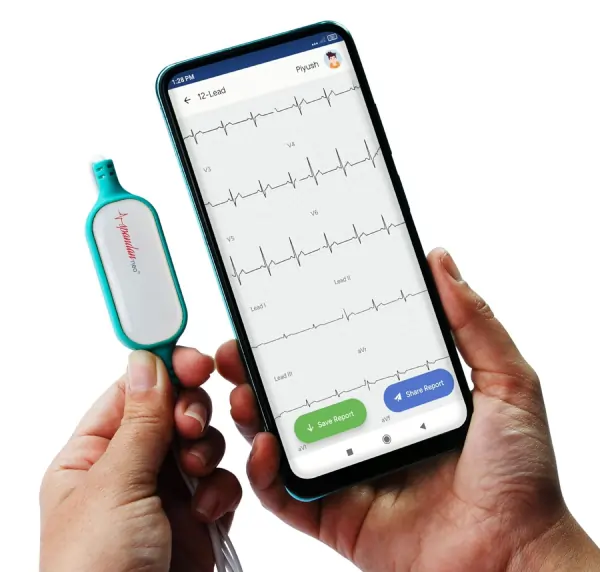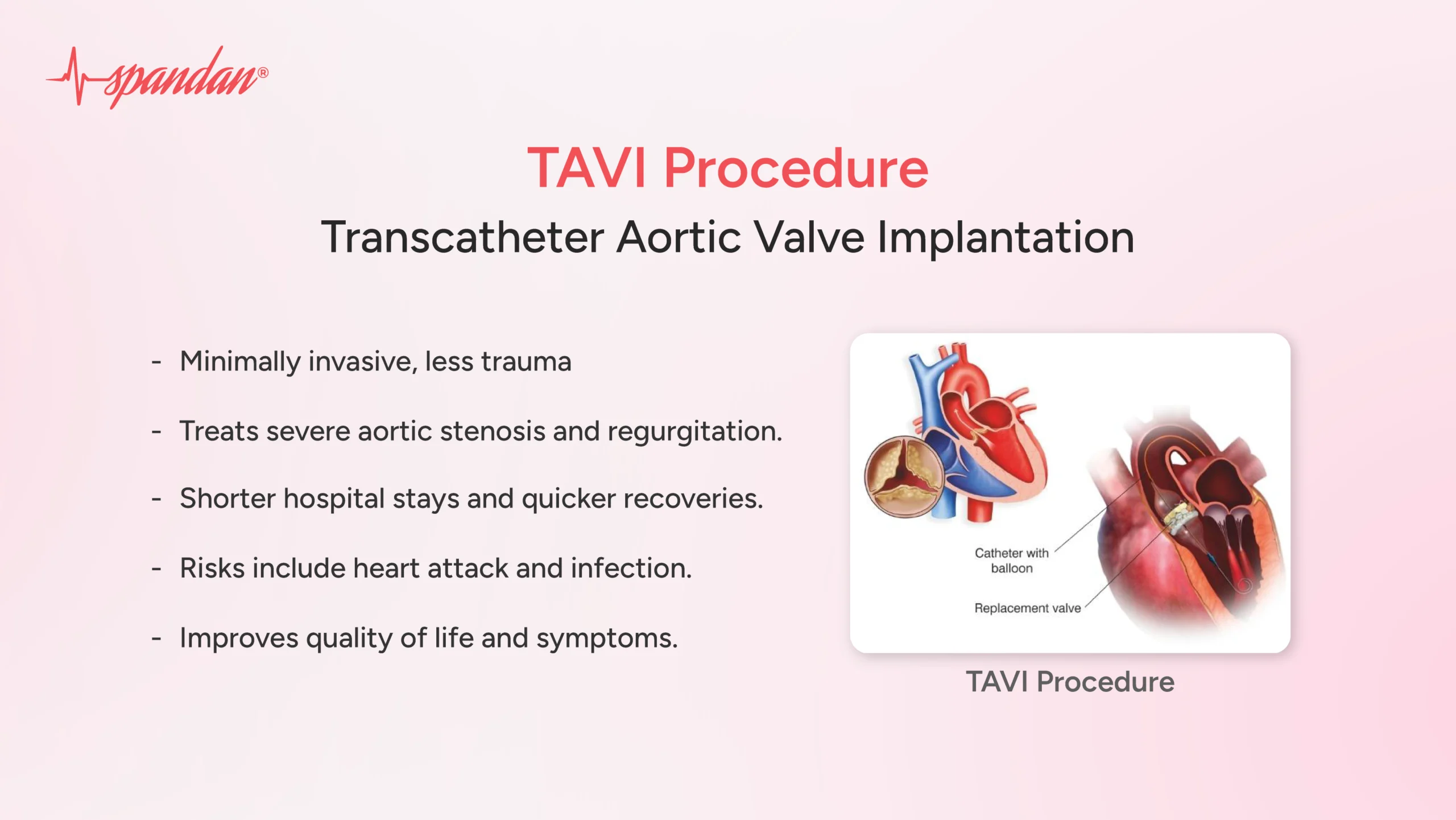
TAVI Procedure (Transcatheter Aortic Valve Implantation)
Table of Contents
TAVI Procedure is one of the most essential procedures in the domain of heart health. The word TAVI stands for transcatheter aortic valve implantation, which is also known as transcatheter aortic valve replacement (TAVR). It improves blood flow in your heart by replacing a partially open aortic valve. The narrowing restricts the flow of blood to your body, forcing your heart to work harder.TAVI substitutes a damaged or malfunctioning aortic valve with an aortic valve composed of animal tissue. The TAVR treatment is minimally invasive, with only a small cut in the skin.
How the TAVI Procedure is performed?
The patient is led to a specialized procedure room, which resembles an operating theater. They will lie down on a narrow treatment table, possibly awake but sedated to guarantee comfort. The type of anesthesia they receive (local with sedation or general) will be influenced by the condition and the approach taken by the medical team.
- Anesthesia: Local anesthesia is used to numb the area where the catheter will be put. Depending on the overall health and the complex nature of the treatment, the Patient may be given additional sedation or general anesthetic to help them stay comfortable and relaxed.
- Balloon Catheter Insertion: A balloon catheter is placed into an artery, usually in the groin (femoral artery) but occasionally beneath the collarbone (subclavian artery). This catheter is a thin, flexible tube used to access the heart.
- Guiding the Catheter: The balloon catheter is carefully guided through the vascular system to the heart and placed at the location of the aortic valve.
- Inflating the Balloon: Once the catheter is in the proper location, the balloon at the tip is inflated. This inflation helps to press open the damaged aortic valve, making room for the new valve.
- New Valve Implantation: A new aortic valve, placed on a metal mesh tube (stent), is given via the catheter. Depending on the type of valve used, it either expands automatically or requires additional expansion with the balloon. The new valve replaces the old, damaged valve and takes over its function.
- Removing the Balloon Catheter: After the new valve is correctly positioned and functioning, the balloon is deflated and the catheter is carefully withdrawn.
- Closure of the Puncture Site: Finally, the insertion site of the catheter is closed using a device or sutures to seal the blood vessel and limit bleeding.
Conditions for TAVI Procedure
Aortic valve repair and replacement are procedures used to address aortic valve disease. The kinds of aortic valve disease that may necessitate valve repair or replacement include:
- Aortic valve stenosis: The cusps, or flaps, of the aortic valve thicken and stiffen or fuse together. The valve either narrows or partially closes. Thus, blood flow is decreased or blocked. Aortic valve stenosis can result from infections that damage the heart valve or from a heart condition present at birth
- Aortic valve regurgitation : The aortic valve fails to seal properly, allowing blood to flow backward into the left lower heart chamber. Any medical condition that affects the aortic valve might result in regurgitation. Sometimes a baby is born with an abnormally shaped aortic valve, which causes regurgitation.
- Other aortic valve abnormalities exist at birth: Some infants may be born with an aortic valve that lacks a valve opening or has two valve cusps instead of three. A congenital cardiac abnormality can also result in an incorrectly sized or shaped valve.
Benefits of TAVI Procedure
- Many patients report significant improvements in symptoms, such as shortness of breath and fatigue, leading to a better overall quality of life.
- TAVI procedure is particularly beneficial for older patients or those with comorbidities that make traditional surgery too risky.
- TAVI procedure can be performed using different approaches (transfemoral, transapical, etc.), allowing for flexibility based on patient anatomy and health status.
- Many procedures can be done with local anesthesia and sedation rather than general anesthesia, which is beneficial for high-risk patients.
- TAVI is performed through small incisions, typically in the groin, which means less trauma compared to open-heart surgery.
- Patients generally experience shorter hospital stays and faster recovery times, allowing them to return to daily activities sooner.
- TAVI procedure is associated with a lower risk of complications like infections and bleeding compared to traditional surgery.
Risks of TAVI Procedure
The TAVI surgery is a dependable and successful treatment for severe aortic stenosis; yet, it carries certain risks, as do any medical procedures. Being aware of these risks is necessary for making an informed decision. Here are some potential dangers linked to TAVI:
- Kidney Failure
- Heart Attack
- Blood Clotting
- Infection
- Endocarditis
- Bruising
- Bleeding
The TAVI procedure represents a significant advancement in the treatment of severe aortic stenosis, offering a minimally invasive alternative to traditional surgery. With its ability to improve symptoms, enhance quality of life, and reduce recovery times, TAVI is especially beneficial for older patients and those with other health complications. While there are risks associated with the procedure, the benefits often outweigh them for many patients.
Ultimately, the TAVI procedure provides a valuable option for individuals needing aortic valve replacement, helping to restore heart function and overall well-being. As always, a thorough discussion with healthcare providers is essential to determine the best course of action tailored to each patient’s unique situation.

